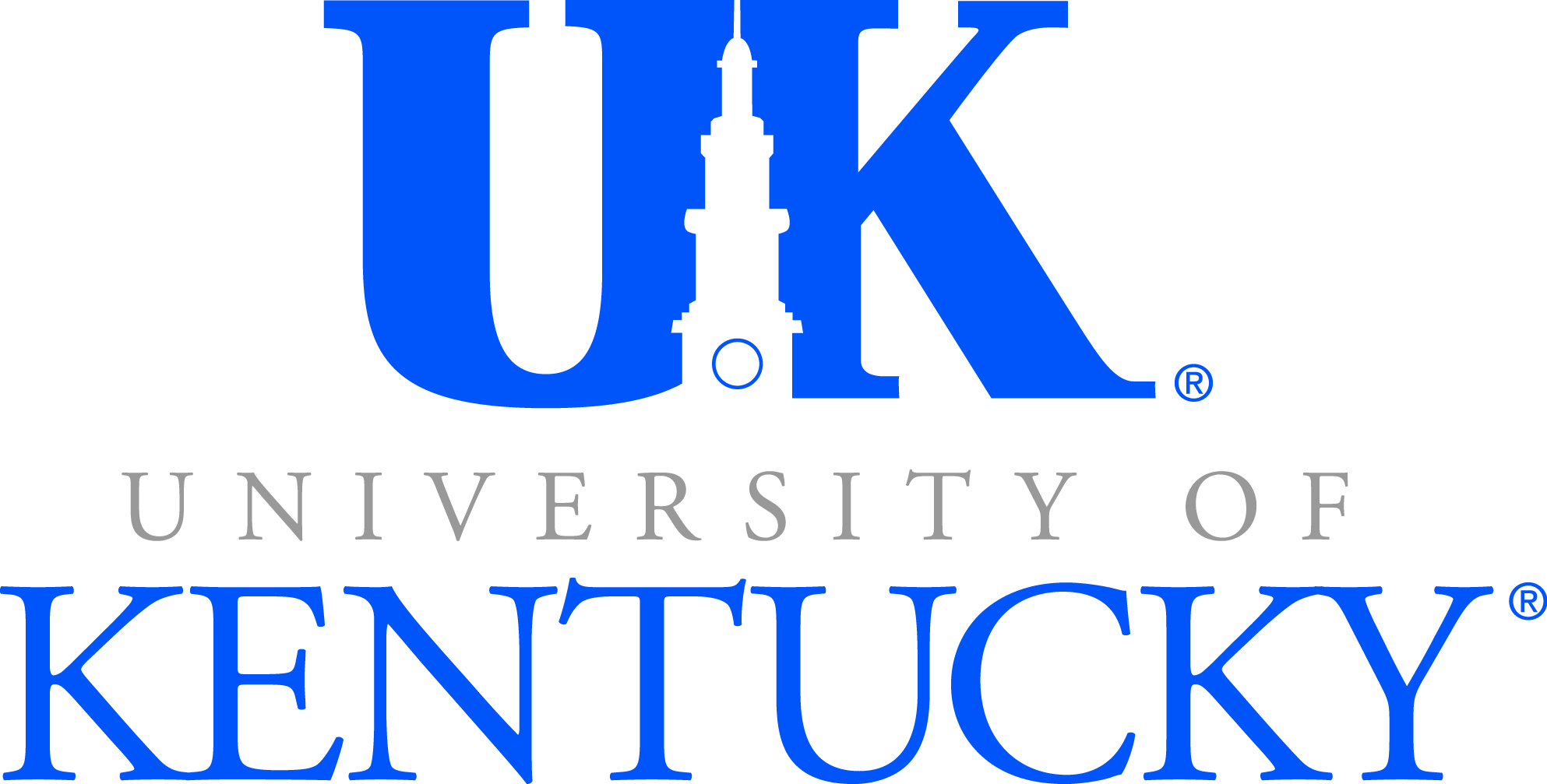Topology seminar - Spring 2015
February 5
Bert Guillou - An introduction to equivariant homotopy theory
If G is a topological group, we can make sense of a (continuous) action of G on a space. If X and Y are two spaces equipped with G-actions, an equivariant map f:X-->Y is a map that is compatible with the G-actions on X and Y. We shall explore what it should mean for this to be an equivariant (weak) homotopy equivalence, and we will look at equivariant cohomology theories.
February 12
Chad Linkous - An Introduction to Differentiable Manifolds
This talk introduces the idea of a differentiable, or smooth, manifold. We will give a few examples and compare with other types of manifolds before moving on to look at one of the most important tools in the theory of smooth manifolds-tangent spaces. After constructing the tangent space to a smooth manifold at a given point, we will see that every smooth map between differentiable manifolds induces a linear map between the corresponding tangent spaces. Then, time permitting, we will conclude by revealing some well known theorems of differential topology.
February 19
Mona Merling (Johns Hopkins University) - Equivariant algebraic K-theory
Postponed due to weather.
March 5
Luis Sordo Vieira - Level of a Topological Space
Postponed due to weather.
March 12
Cary Malkiewich (UIUC) - Coassembly in algebraic K-theory
Algebraic K-theory provides a rich set of invariants for rings, spaces, and many kinds of objects. It is hard to compute, so we often study easier approximations such as topological Hochschild homology (THH). In this talk we study a "dual" K-theory of topological spaces, and find that its linear approximation does not behave as expected; a certain variant of the Novikov conjecture is false. In a different setting, we are able to compose two of these linear approximations to K-theory, and the resulting map is the equivariant norm, which is well understood. This gives us a new tool for understanding the K-theory of BG when G is a finite group. We end with applications: a splitting theorem after K(n)-localization, and a surprising connection between the Whitehead group and Tate cohomology.
March 26
Dustin Hedmark - Spectra and Generalized (co)homology
In this talk we will explore how we can use homotopy classes of maps from X to K(G,n) to define a cohomology theory. We will use this example to develop spectra, as well as discuss some common examples of spectra. This talk will align closely with what we have been doing in Dr. Guillou's topology class.
April 2
Luis Sordo Vieira - Level of a Topological Space
The level of a Z/2Z-space X is defined to be the minimum n such that there is a Z/2Z equivariant map from X to Sn-1 (with the antipodal action).
The level of a unital ring is defined to be the minimum n such that -1=e12+e22+...+en2 where en are elements of the ring.
We explore an intimate relationship between the level of a Z/2Z space and the level of commutative R algebras.
We also compute the level of even dimensional real projective spaces, spheres, and mention results on the computations of odd dimensional projective spaces.
April 9
David Royster - Cobordism from Poincare to apres Thom
We define the unoriented cobordism groups of smooth manifolds, compute a few of them, see how the rest can be done and see what the heck an involution has to do with anything.
April 16
John Mosley - The Image of SU Cobordism Under the Witten Genus.
Last week, Dr. Royster gave us an introduction to the equivalence relation on manifolds of cobordism. In this talk, we will discuss one way topologists study cobordism: through the notion of genera. In particular, we will work toward computing the image of one flavor of cobordism, SU cobordism, under the Witten genus.
April 23
Michael Andrews (MIT) - The v1-periodic part of the Adams spectral sequence - dancers to a discordant system
Algebraic topologists are interested in the class of spaces which can be built from spheres. For this reason, when one tries to understand the continuous maps between two spaces up to homotopy, it is natural to restrict attention to the maps between spheres first. The groups of interest are called the homotopy groups of spheres.
Topologists soon realized that it is easier to work in a stable setting. Instead, one asks about the stable homotopy groups of spheres or, equivalently, the homotopy groups of the sphere spectrum. Calculating all of these groups is an impossible task but one can ask for partial information. In particular, one can try to understand the global structure of these groups by proving the existence of recurring patterns; this is analogous to the fact that we cannot find all the prime numbers, but we can prove theorems about their distribution. These patterns are clearly visible in spectral sequence charts for calculating \pi*(S0) and my thesis came about because of my desire to understand the mystery behind these powerful dots and lines, which others in the field appeared so in awe of.
In this talk, we'll begin by examining why Ext groups show up in topology. After discussing the purpose of a spectral sequence, we'll play with the Adams spectral sequence. We'll get a feel for how algebraic relations are displayed by the charts, how to read off homotopy groups, and we'll make precise to what extent the algebra reflects the topology. Then we'll take a step back to see repeating patterns in the charts for odd primes and we'll describe a theorem that completely describes the Adams spectral sequence at an odd prime p above a line of slope 1/(p^2-p-1).
